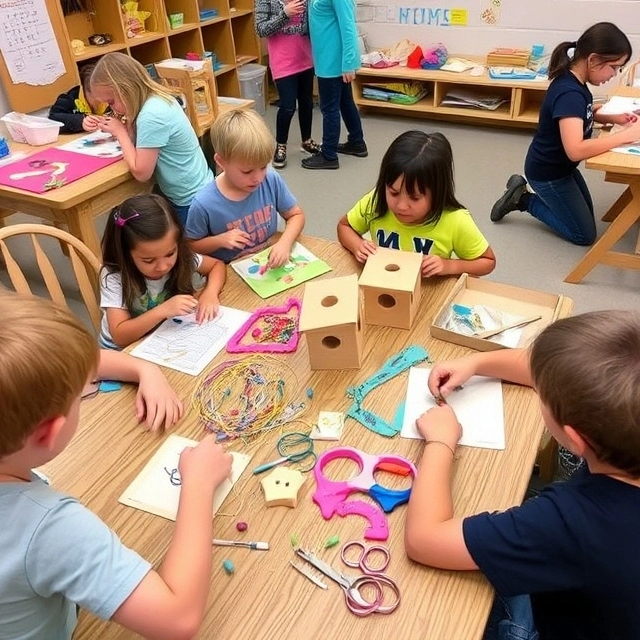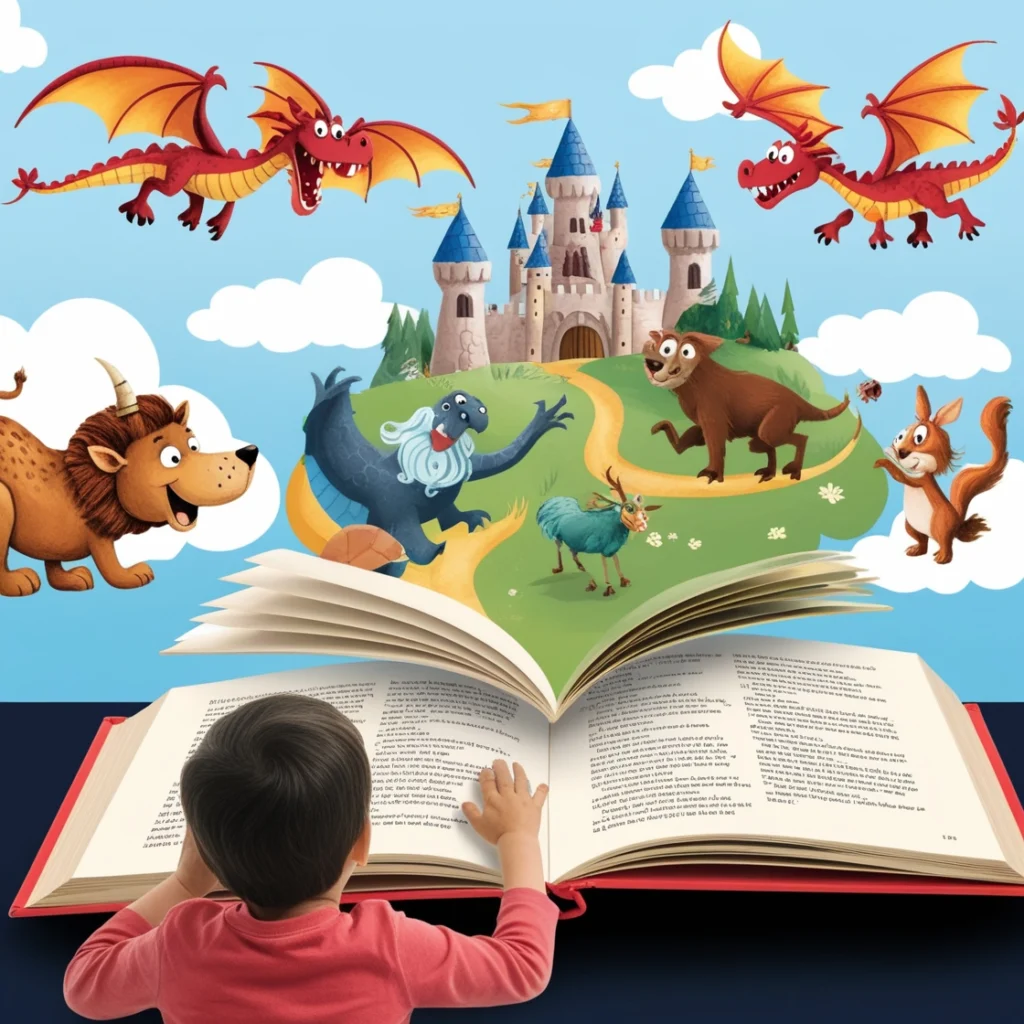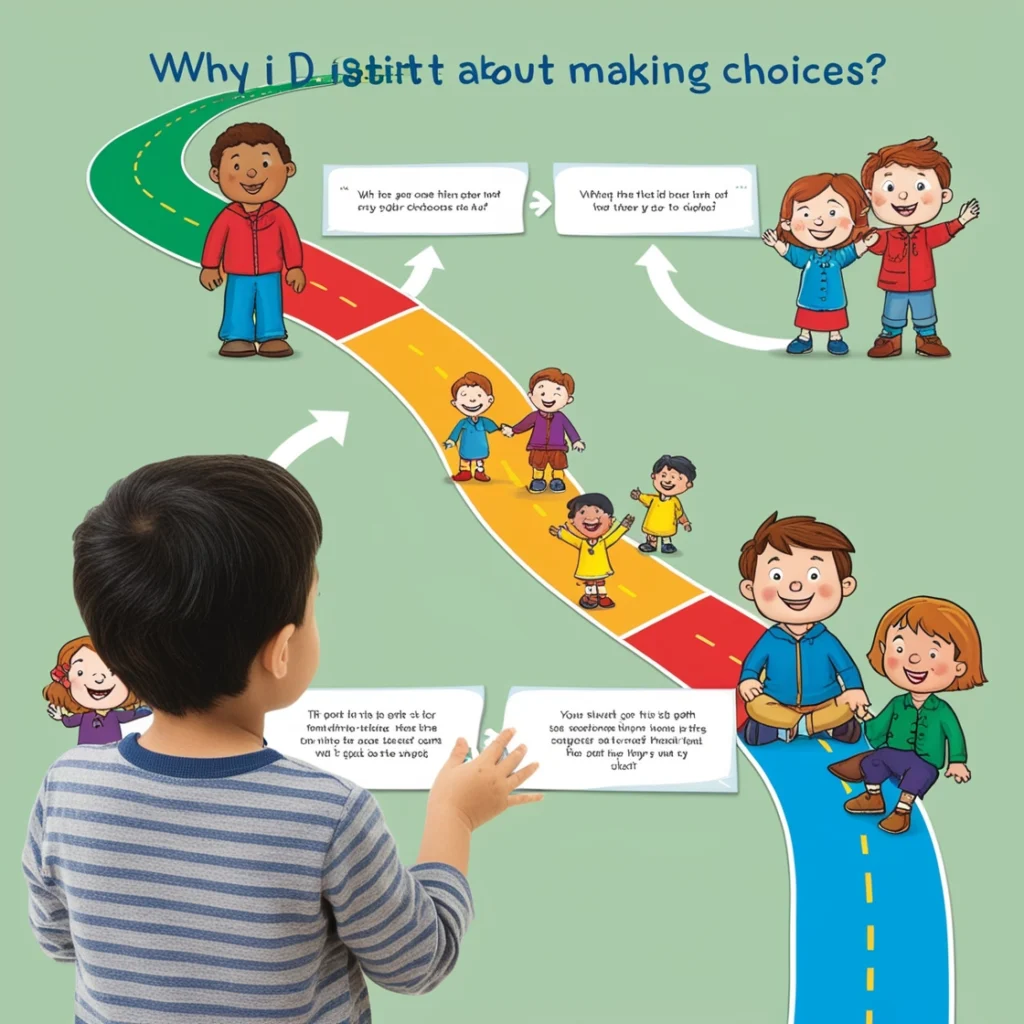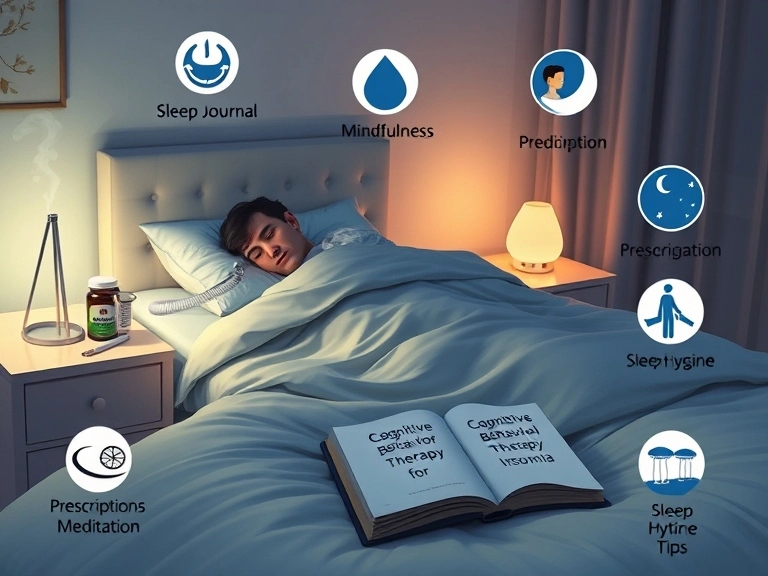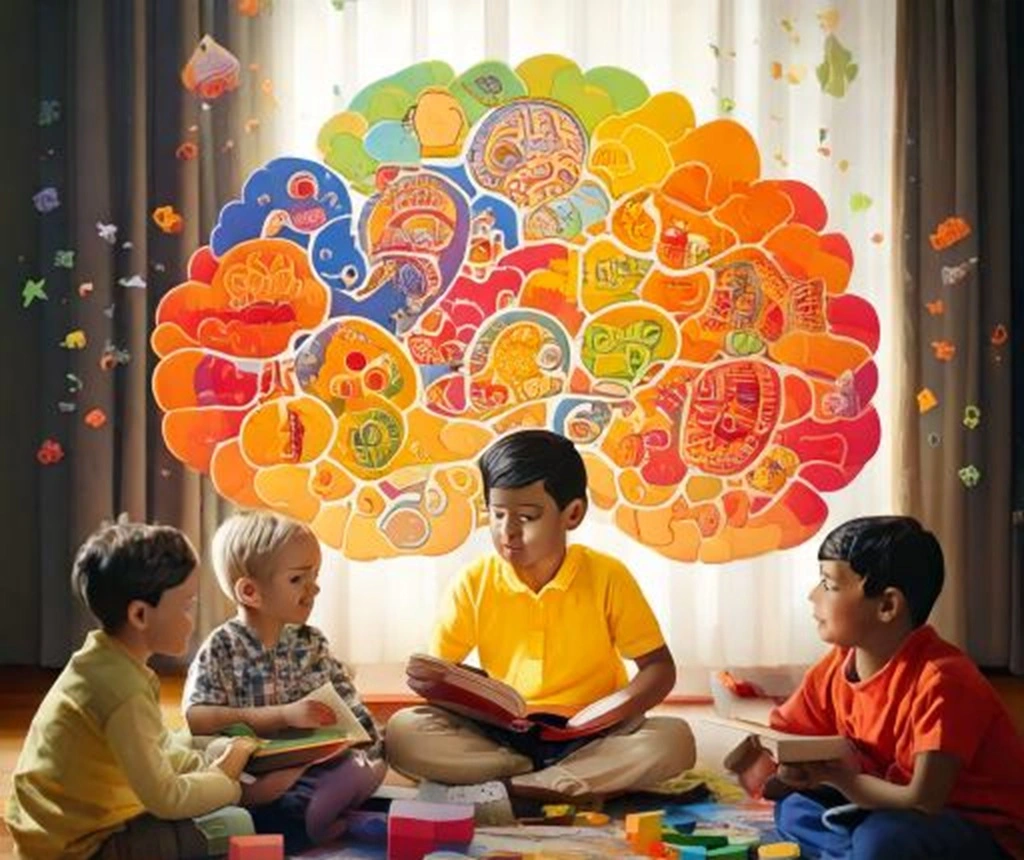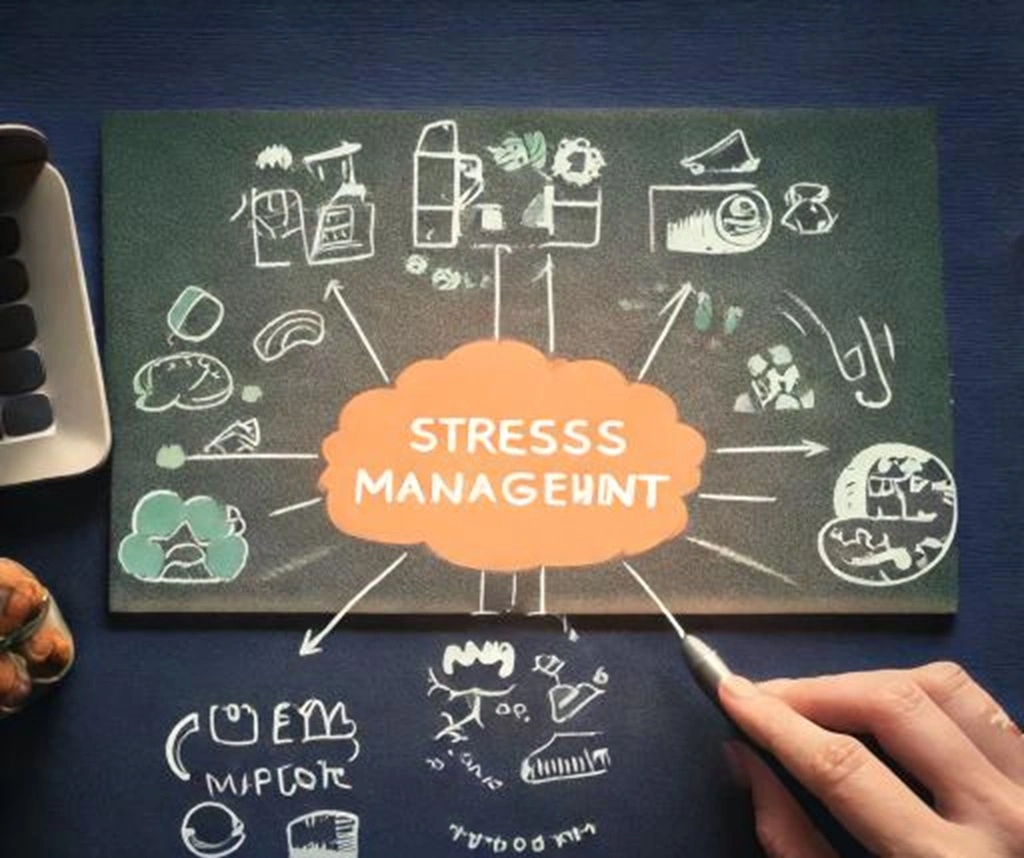Introduction
Are you concerned about your child’s speech development? It’s common for parents to question whether their child’s speech and language skills are developing the way they should. Understanding the difference between speech delay and normal development can be important in addressing any potential problems early. In this comprehensive guide, we’ll explore the causes, signs, and solutions for speech delay, as well as normal speech development. By the end of this guide, you’ll be armed with the knowledge to effectively support your child’s speech and language development.
Understanding Speech Delay

Speech delay is one of the most common developmental issues manifesting itself when a child does not develop speech capabilities according to the Normal expected age range. It creates anxiety and frustration on the part of both parents and children. Some children may just be late talkers, whereas others may need to seek professional intervention for some underlying problem.
Normal Speech DevelopmentWell, early signs of speech delay may include moaning and cooing, but knowing when to wait is very necessary. Speech milestones distinguish between delivery within ordinary periods and those considered delayed:
- At 1 year of Age: Most children’s toddlers can call mama or papa to attach meaning.
- By 18 months: He should learn a significant 20 words.
- By 2 years: Two-word phrases develop like “want juice”.
- By 3 years: Most well three-year-olds can make simple sentences and have about 200 words.
- By 4 years: Children can also narrate some stories.
If a child is failing to comply with this standard, it must be treated as a warning sign of a speech delay.
Case: Emma’s story
Emma, a 3-year-old child, really struggled to cope with her peer group in terms of speech development. While other kids constructed sentences and joined others in conversation, Emma would only utter a few words. Parents were just confused with the phase their daughter was going through and if this was not some semblance of serious concern. This is one of the many typical faces parents face and depicts the need to learn about and address speech delay effectively.
The Meaning And Emotional Effects
There are various effects of speech delay – it affects the child emotionally as well as the parents as well. Children with speech delays may become emotionally frustrated since they are not able to communicate their needs, and may also show behavioral issues with low self-esteem. In addition, parents may show feelings of helplessness and anxiety when thinking about the future of their child.
Common Concern
Several common concerns that most parents raising speech-delayed children experience are:
- Is this just Another Delayed speech or is there a serious Underlying Issue?
- Will My Child Eventually Catch Up with His Peers, Or is the Gap Here to Stay?
- What Practical Things Can I Do to Help My Child?
Most of this is real enough for any of these questions, although it is necessary to be answered from real informative and real practicable points of view.

Impact On Social Life And Grades
Speech delays have an effect not only on a child’s academic progress but also on the social side. There are many phases when a child with a speech delay may come across a difficulty when communicating, which in turn increases the chance of them not making friends or participating in classroom activities. Frustration and isolation build, eventually, for that child.
The First Step Is The Diagnosis
Determining the cause of a speech delay is the first step toward intervention, Children can have any of the following conditions leading to speech delay:
- Hearing problems: Some babies have a hard time developing speech if they have a hearing problem.
- Developmental disabilities: Such as autism spectrum disorder (ASD), among others, can be responsible for speech and language disorders.
- Environmental influences: Sometimes, children lack other interactions or stimulation that leads them to develop speech.
Consulting a Specialist
If you suspect that your child has a speech delay, you should consult a speech-language pathologist (SLP). These specialists conduct a thorough assessment of speech and language disorders and can determine the extent, quality, and context of the delay.
Methods of intervention-
Early intervention will go a long way in reducing speech delay. Some of them are:- Speech therapy
SLP Involving a therapist is likely to provide your child with specific exercises and activities to address potential weak areas in their speech and/or language skills. Case Follow-up: Emma began therapy sessions for two weeks, and within a few months, she started forming simple sentences, and her vocabulary also increased significantly. - Parental Involvement
Parents play a huge role in supporting speech development in their children. They can keep the child engaged by reading, playing word games, and encouraging conversation. - Language-Rich Environment
There are plenty of opportunities to help the child practice listening and speaking. You can describe your day, give details of things in your home, and sing along. - Using Technology
There are lots of online resources and apps around support speech development. These tools can provide fun opportunities for children to improve their language skills. - Consistency and Patience
Prolonged progress may be slow, but consistency is the key. Pay attention to small victories, and be patient and encouraging.
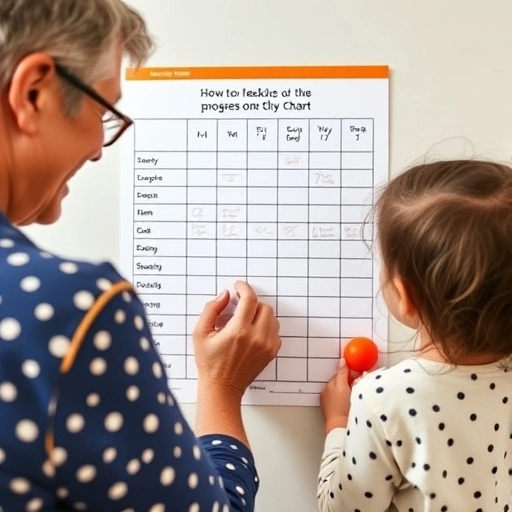
Monitoring Progres
Regularly keep tabs on your child and modify strategies as needed. Talk frequently with your child’s SLP and teachers for consistent approaches.
Support System
Meet some parents who are facing the same problem as you: then you can give each other emotional support and helpful advice. Join support groups or online forums about speech and language development.
Conclusion
Understanding the proper differences between speech delays and normal development for early interventions and the best effective supports for both is crucial. You will notice, get assistance from a professional, and put up activities that would make a great difference in the speech and language skills of your child. Emma confirms that with proper intervention combined with effective support positive things can be achieved; nonetheless, each child advances according to his or her time, such that the child learns to reach that potential by the right Angle.
This is a great guideline that clearly defines speech delay and normal development, with practical solutions and imaginary events to help parents on this adventure. You’re free to ask any questions and seek any information on this point. Together, we can make our children better communicators.

Frequently Asked Questions
Normal speech development follows a specific growth milestone. If your child is about 5 years old and has developed normally compared to their age peers, but he has not met the expected milestones, and his ability to express himself is affected, then it could be a speech delay. Consult with a speech-language pathologist to determine definitively.
There can be hearing problems, developmental disorders like autism, or factors like little interaction and stimulation. An early diagnosis after finding the right cause is really important for effective intervention.
You must get a speech pathologist if the child's speech ability does not improve, finds it hard to communicate, or you suspect something is off about the developmental milestones he's met or not met.
A child may not babble for more than a year, acquire little vocabulary by eighteen months, or have difficulty stringing words together by two years. If your child does not reach these milestones, then this is indicative of a possible speech delay.
Treatment includes speech therapy with a qualified professional, creating a language-rich environment, engaging in activities that foster speech, and using apps and technology designed for further development in language.
Yes, these initial changes can also be predicted to start affecting a child at school level friendships, participation in classroom activities, or effective expression. Early identification and intervention can minimize these losses.












